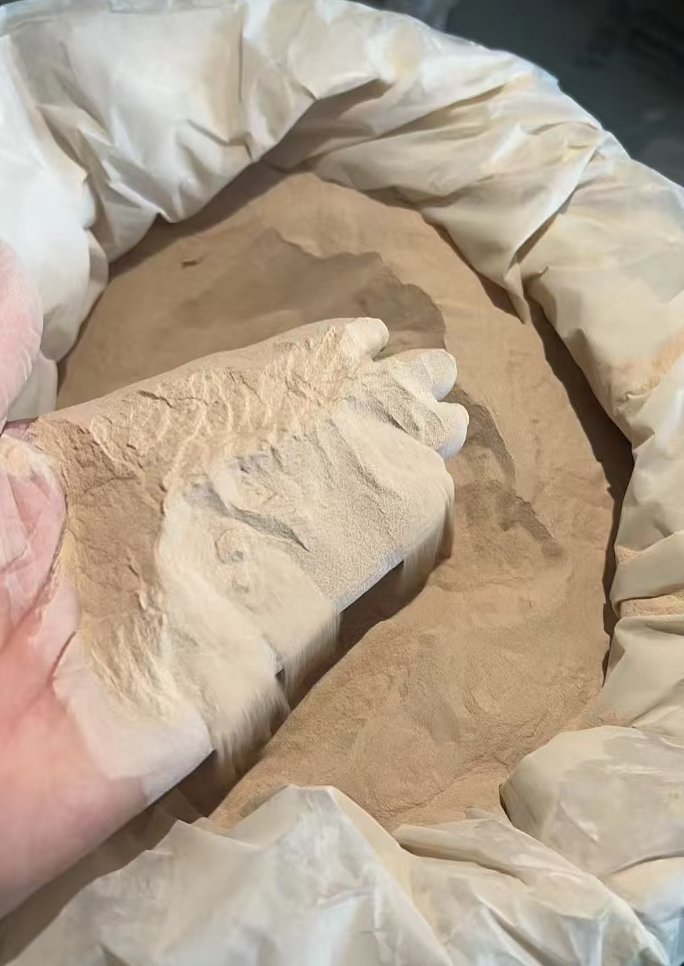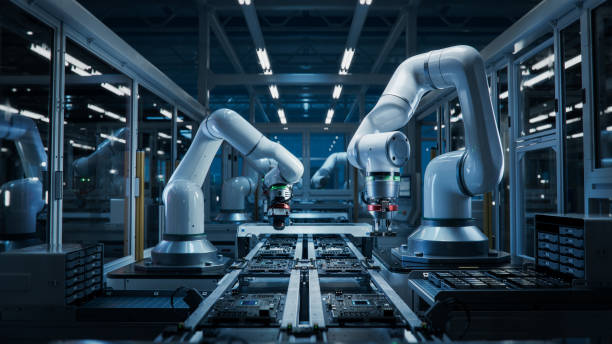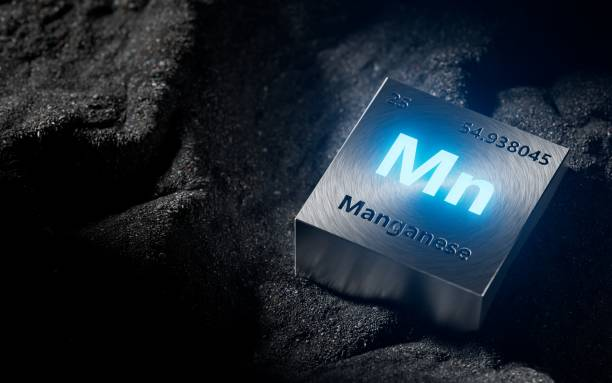Manganese carbonate, a versatile compound with the formula MnCO₃, plays a crucial role across various industries, including agriculture, ceramics, and battery manufacturing. Its unique properties and applications make it an invaluable material in modern production processes. As industries evolve, understanding manganese carbonate’s potential can provide insights into its role in innovation and sustainability.
In this blog, we’ll explore the chemical properties of manganese carbonate, its production processes, applications, and market trends. Whether you’re a manufacturer, researcher, or industry enthusiast, this guide will provide a complete understanding of manganese carbonate and its significance.
Keytakeaways: manganese carbonate applications, production process and purchase tips.
Manganese carbonate is an inorganic compound composed of manganese, carbon, and oxygen. It occurs naturally as the mineral rhodochrosite and can also be synthesized industrially.
1.1 Chemical Properties
- Formula: MnCO₃
- Appearance: Manganese carbonate appears as a pinkish or pale brown crystalline powder.
- Solubility: It is insoluble in water but soluble in dilute acids.
- Thermal Stability: Upon heating, manganese carbonate decomposes into manganese oxide (MnO) and carbon dioxide (CO₂).
1.2 Natural Occurrence
The naturally occurring form of manganese carbonate, rhodochrosite, is commonly found in hydrothermal veins and sedimentary deposits. It is often associated with minerals like pyrite and galena.
1.3 Industrial Synthesis
Industrially, manganese carbonate is produced through precipitation methods. A common process involves reacting manganese sulfate with sodium carbonate, resulting in manganese carbonate as a precipitate.
Key Insights
Understanding manganese carbonate’s chemical behavior is essential for its applications in industries ranging from fertilizers to ceramics. Its stability and reactivity make it an adaptable compound for various uses.

2. Applications of Manganese Carbonate
Manganese carbonate is a key material across multiple sectors. Here’s a detailed overview of its primary applications:
2.1 Agriculture
Manganese carbonate serves as a vital component in fertilizers. As a source of manganese, it enhances plant growth by facilitating photosynthesis and enzyme activation.
- Benefits for Crops: Essential for crops like wheat, barley, and soybeans.
- Soil Enrichment: Used to correct manganese deficiencies in soil, particularly in alkaline and sandy soils.
2.2 Ceramics
In the ceramics industry, manganese carbonate is used as a coloring agent.
- Glazes: Provides earthy tones like browns, reds, and purples in ceramic glazes.
- Firing Properties: Its decomposition during firing enhances the glaze’s texture and appearance.
2.3 Battery Manufacturing
The rising demand for renewable energy storage has spotlighted manganese carbonate in battery production.
- Lithium Manganese Oxide (LMO): Manganese carbonate is used to produce LMO, a critical material in lithium-ion batteries.
- Energy Density: Its inclusion improves battery performance by enhancing energy density and stability.
2.4 Pigments and Dyes
Manganese carbonate acts as a precursor in producing pigments for plastics, paints, and textiles. Its thermal decomposition yields manganese oxides, which are then used to create pigments with vibrant hues.
2.5 Pharmaceuticals
In the pharmaceutical industry, manganese carbonate is utilized as a dietary supplement.
- Nutritional Benefits: It provides manganese, a trace mineral essential for bone health and metabolism.
- Tablets and Capsules: Incorporated into formulations to address manganese deficiencies in humans.

3. Production Processes
3.1 Industrial Production
Manganese carbonate production primarily involves the precipitation method. Here’s a step-by-step overview:
- Raw Materials: Manganese sulfate solution and sodium carbonate are the primary reactants.
- Reaction: When sodium carbonate is added to the manganese sulfate solution, manganese carbonate precipitates out.
- Filtration: The precipitate is filtered, washed, and dried to obtain pure manganese carbonate.
3.2 Environmental Considerations
Sustainable production methods are gaining traction to minimize environmental impact.
- Waste Management: Recycling process water and reducing effluent discharge are key priorities.
- Energy Efficiency: Adopting energy-efficient drying and calcination techniques enhances sustainability.
3.3 Quality Control
Ensuring the purity and quality of manganese carbonate is essential for industrial applications. Key parameters include:
- Particle Size: Affects its solubility and reactivity.
- Impurity Levels: Trace impurities like iron and silica must be controlled.
Global Production Trends
China, India, and South Africa are leading producers of manganese carbonate, driven by abundant natural reserves and growing industrial demand.

4. Market Trends and Future Outlook
4.1 Current Market Scenario
The global manganese carbonate market is driven by its diverse applications and increasing demand from emerging economies. Key industries driving growth include agriculture, ceramics, and battery manufacturing.
- Regional Insights: Asia-Pacific dominates the manganese carbonate market, with China being the largest consumer and producer.
- Price Trends: Fluctuations in raw material costs and demand-supply dynamics influence manganese carbonate prices.
4.2 Emerging Applications
Innovations in technology are unlocking new uses for manganese carbonate:
- Advanced Batteries: The shift towards electric vehicles is driving demand for lithium manganese oxide.
- Water Treatment: Manganese carbonate’s potential in removing heavy metals from water is gaining attention.
4.3 Challenges
Despite its promising future, the manganese carbonate industry faces challenges:
- Raw Material Availability: Dependence on mining for manganese ores can lead to supply constraints.
- Environmental Regulations: Stringent policies on mining and chemical manufacturing impact production.
4.4 Future Outlook
The global push for sustainability and renewable energy is expected to boost the manganese carbonate market. Collaborations between manufacturers and research institutions can pave the way for innovative applications.
5. How to Source High-Quality Manganese Carbonate
5.1 Selecting the Right Supplier
When sourcing manganese carbonate, it’s important to evaluate the supplier’s credibility and product quality.
- Certifications: Look for ISO certifications and other quality assurances.
- Technical Support: Suppliers who offer technical guidance can help optimize usage.
5.2 Customization Options
Some suppliers offer tailored manganese carbonate products based on specific industry needs. For example:
- Agriculture: Customized formulations for soil enrichment.
- Ceramics: Fine-tuned particle sizes for improved glaze performance.
5.3 Logistics and Packaging
Efficient logistics and secure packaging are crucial to maintaining product integrity during transportation. Choose suppliers with robust supply chain systems.
Conclusion
Manganese carbonate is a versatile compound with a broad range of applications, from agriculture and ceramics to battery technology and pharmaceuticals. Its unique properties and adaptability make it a valuable resource for industries striving for innovation and sustainability. As global demand for renewable energy and efficient agricultural practices continues to grow, manganese carbonate’s significance will only increase.
Understanding its properties, production processes, and market dynamics can empower manufacturers and businesses to harness its full potential. Whether you’re sourcing manganese carbonate for industrial use or exploring its role in emerging technologies, staying informed is key to making strategic decisions.
For those seeking a reliable partner in manganese carbonate supply, we offer high-quality, customizable solutions tailored to your needs. Contact us today to learn more!
FAQ
-
What are the primary uses of manganese carbonate?
Manganese carbonate is used in agriculture, ceramics, battery manufacturing, pigments, and pharmaceuticals. -
How is manganese carbonate produced?
It is produced through the precipitation method, involving manganese sulfate and sodium carbonate as reactants. -
Is manganese carbonate environmentally friendly?
Sustainable production methods, such as waste recycling and energy-efficient techniques, are being adopted to reduce its environmental impact. -
Where is manganese carbonate commonly found?
It occurs naturally as the mineral rhodochrosite and is also produced industrially. -
Why is manganese carbonate important for batteries?
It is a precursor for lithium manganese oxide (LMO), a critical material in lithium-ion batteries used in electric vehicles.
We are global supplier of manganese dioxide,manganese carbonate and manganese sand filter.
Contact me to provide custom solutions to boost your business.
Read more about manganese carbonate

I am Edward lee, CEO of BTLnewmaterial, an engineer and international sales with more than 10 years experience
reach me to discuss more custom solutions for your business.
